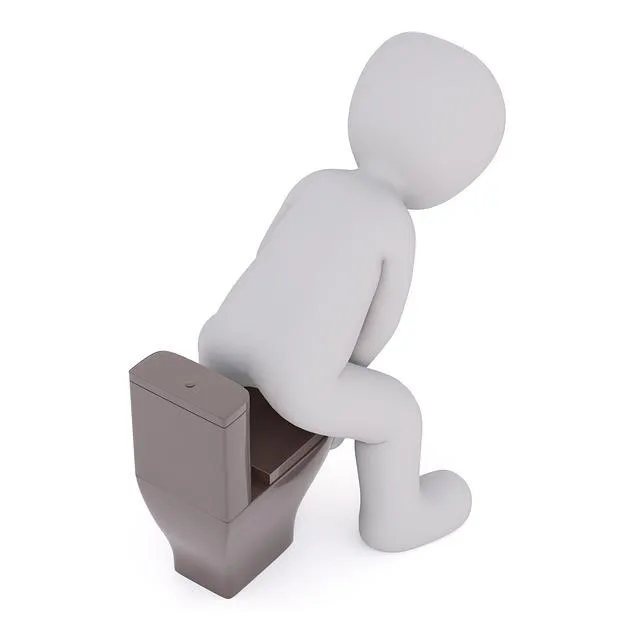
How you deal with feces: the sustainable option for modern life
Did you know that toilet paper is a relatively new invention, dating back to the second half of the 19th century? Since ancient times, humanity has used stones, leaves, or devices consisting of a sponge tied to a stick, called tersorium, used in the latrines of the Roman Empire. Today, many Asians defecate in holes in the toilet and clean themselves with a hose filled with water, using their hands if necessary to ensure they've eliminated all the excrement. No wonder traditionally they greet each other by bowing, rather than shaking hands as in the West. Of course, all bathrooms now have sinks. But think about it: would you clean your entire body with paper? So, why do it on the dirtiest part of your body? It doesn't make sense. Plus, you'll feel refreshed, just like after a shower.
A bidet—a word of French origin—is a plumbing fixture designed for personal hygiene. It provides a thorough cleanse of the lower body after using the restroom, offering a better alternative to toilet paper. Bidets come in different forms. Some are attached to the toilet, either as a side-mounted device or with a flexible hose for convenient use. Others are standalone units, resembling a low sink designed specifically for cleansing.
Widely embraced across Asia, Europe, South America, and northern Africa, bidets are a common feature in many households. More recently, their popularity has been growing in the United States, as more people recognize their hygienic and eco-friendly benefits.
For a luxurious experience, a Japanese bidet is a game-changer. First introduced in 1967, these high-tech fixtures have evolved into must-have amenities in public spaces and private homes. Modern models include heated seats, warm water cleansing, air drying, automatic flushing, opening and lid closure. Over the past 30 years, bidets have advanced even further, today´s smart bidets offer self-cleaning, UV sterilization, deodorization, and even massage wash settings. Some come equipped with a night light, adding extra convenience.
In recent times, the necessity for sustainable living has become more apparent than ever. If you doubt it, remember the pandemic. One simple yet impactful change is switching from toilet paper to using a bidet or a hose attached to your toilet.
Body:
Eliminates bacteria and debris, and it is gentler, preventing irritation in people with sensitive skin or hemorrhoids.
Ecological Benefits:
Using a bidet saves trees and reduces pollution. Toilet paper production is resource-intensive and contributes significantly to deforestation.
Hygiene Advantages:
Bidets provide superior cleanliness compared to toilet paper, which often just smears dirt rather than removing it.
Cost-Effectiveness:
Over time, bidets are more cost-effective and reliable, especially during shortages like those experienced during the pandemic.
Cultural Insights:
Many modern societies in Asia have long embraced bidets, and historically, humans have used similar methods for hundreds of years.
Transitioning to a bidet is not just an ecological choice but a step towards a more hygienic and sustainable lifestyle. Join the movement towards sustainability and better hygiene by considering a bidet or attach a hose to the toilets in your home.
